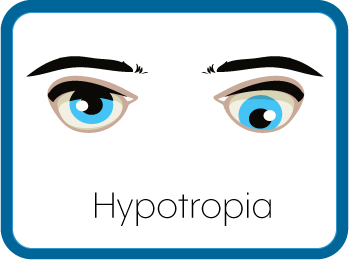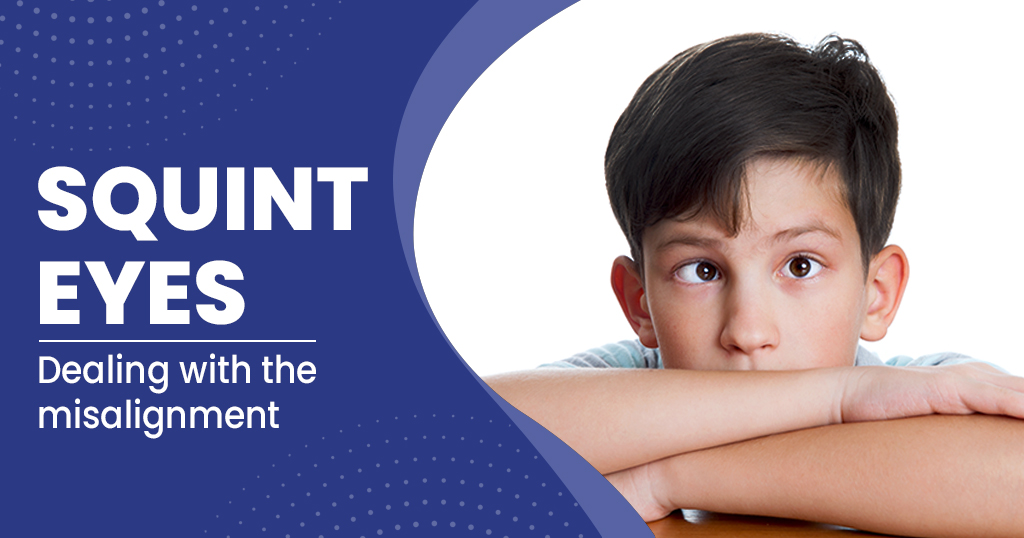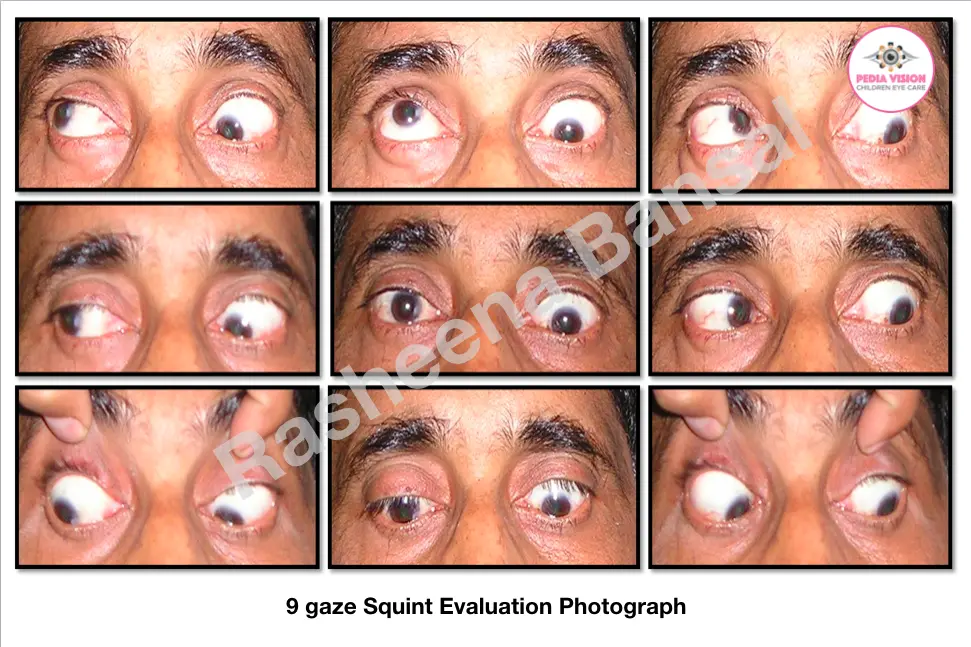Squint Treatment for Children in Delhi
Squint (Strabismus) Treatment for Children in Delhi
A Squint, also called strabismus is where the eyes point in different directions. A squint, or strabismus, is a condition in which the eyes do not line up properly.
One eye turns inwards, overhead, earthward, or apparent, while the other one focuses on one spot. It's particularly common in children but can happen at any age. Square is also known by many other names like crossed eyes, wandering eyes, cock eyewall-eyed eyed & strabismus.
Treatment is generally recommended to correct a squint, as it's not like to get better on its own and it could cause futuristic problems if not treated at the earliest.
Types of Squint (STRABISMUS)
There are different types of Squint:
:• Hypertropia is when the eye turns overhead
• Hypotropia is when the eye turns toward a lower position

• Esotropia is when the eye turns toward the inside
• Exotropia is when the eye turns outside
Symptoms of Squints (STRABISMUS) in Children
• The main sign of a Squint is an eye that isn't straight.
• When this misalignment is large and apparent, your brain makes virtually no attempt to straighten the eye and it doesn't cause numerous symptoms.
• When the misalignment is less or if it isn't constant, headaches and eyestrain occur.
• There may also be fatigue when reading, jittery or unstable vision, and an incapability to read comfortably.
• Occasionally, your child may squint one eye when out in bright light or tilt his head to use both his eyes together.
• Your Child may get vision loss in the misaligned eye, a condition called amblyopia.
• Newly born babies frequently have intermittent squint, but this reduces by 2 months of age and disappears by four months of age as the baby’s vision development occurs. St, ill mostly children never outgrow a true Squint.
Treatments for Squint (STRABISMUS) for Children

The main treatments for a Squint are:
• Prism Glasses for Squint – these can help if a Squint is caused by a problem with your child's eyesight, including long-sightedness.
• Eye exercises – exercises for the muscles that control eye movement may occasionally help the eyes work together better.
• Surgery – this involves moving the muscles that control eye movement so the eyes line upright. It may be recommended if spectacles aren't completely effective on their own. Read further about squint surgery.
• Injections into the eye muscles – these weaken the eye muscles, which can help the eyes line up well. But the effect generally lasts fewer than 3 months.
Diagnosis
It's important to diagnose a Squint as early as possible, so that treatment can be offered to allow your child's visual pathways to develop as typically as possible.
Routine checks describe eye problems in babies and children and are generally done at the newborn examination at the 6-8-week week review. There's also a routine in school entry vision check.
Some newly born babies have a mild intermittent Squint that reduces by 2 months of age and is gone by 4 months of age. Still fixed squints are generally constant unless treated. So, as per guidance:
• A Squint seen in a newborn baby is likely to resolve if it comes and goes (is intermittent), reducing by 2 months of age and gone by 4 months of age.
• A baby with a constant fixed Squint, or with an intermittent Squint that's worsening from 2 months, should be prescribed for assessment.
GUIDELINES FOR PARENTS
• A squint preserved after 4 months of age should be reported to a pediatric ophthalmologist- Squint treatment in Delhi.
• Most squints in children can be corrected with spectacles alone.
• If needed, squint surgery can be done as soon as before 6 months of age.
• Squint, if left without treatment then it can lead to a lazy eye.
• Get the treatment as soon as possible, it gives the child good vision, depth perception & cosmetically straight eyes.
Feel free to Contact us at +91-8130780790 for your Child Eye Problems and Eye Surgery.
Frequently asked question
Squints are not always hereditary and can occur at any age, not just at birth. Advanced treatments are available to correct squints, even if they develop later in childhood or adulthood. It's crucial to seek advice from an eye specialist for thorough assessment and treatment of squint in children.
Squint and lazy eye are connected, as a lazy eye can result from a squint. A lazy eye occurs when the brain starts to ignore signals from the affected eye, leading to improper vision. Effective treatment for a lazy eye typically entails wearing an eye patch over the stronger eye to enhance vision in the weaker one.
If left untreated, a squint can lead to reduced vision in the affected eye, known as amblyopia or lazy eye. This condition can result in decreased depth perception, 3D vision, and difficulties with tasks like walking down stairs. Older children may experience double vision with a squint, where they see two images of the same object. Early detection and treatment of squint are crucial to prevent vision problems and ensure optimal eye health outcomes.



